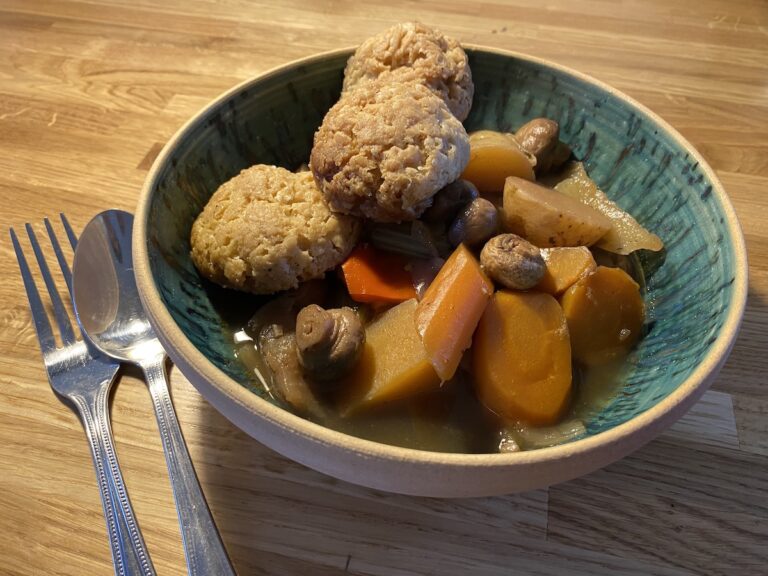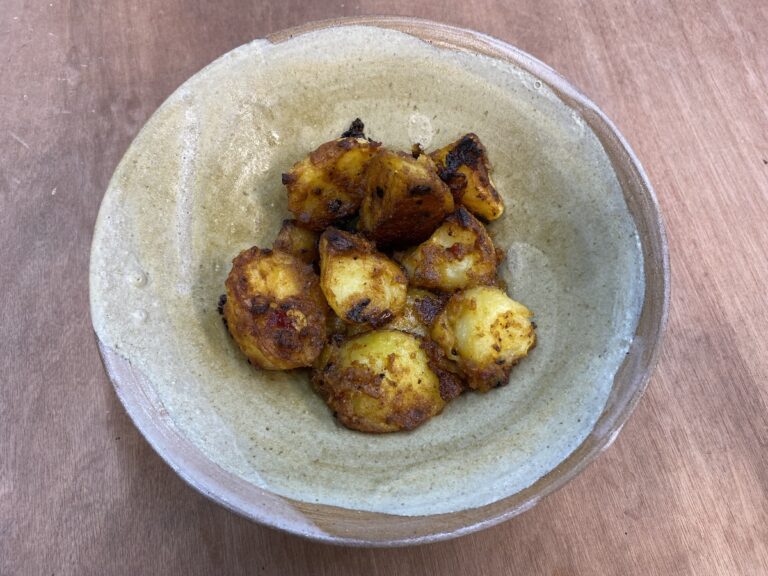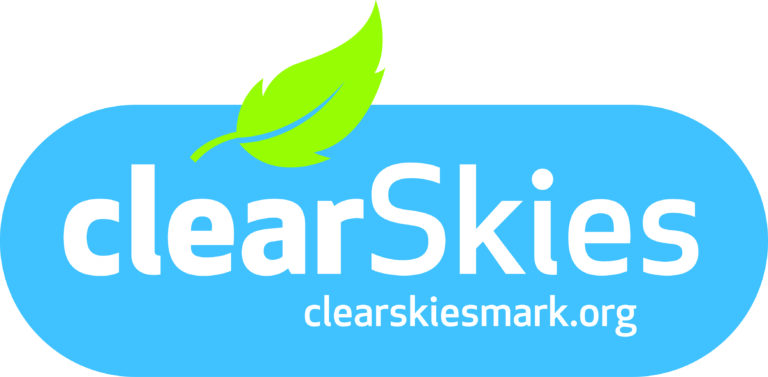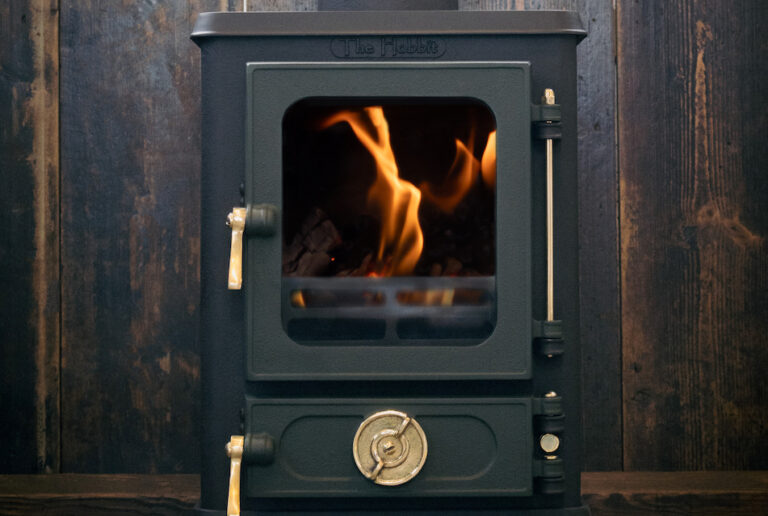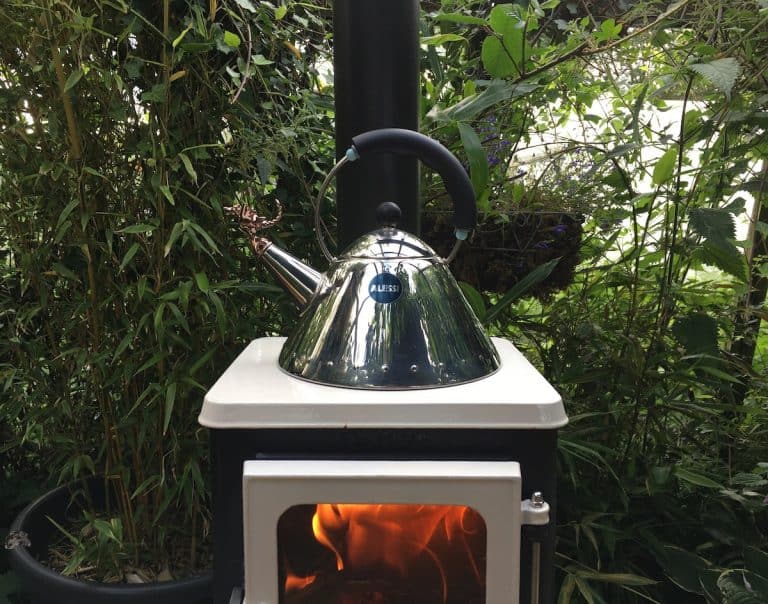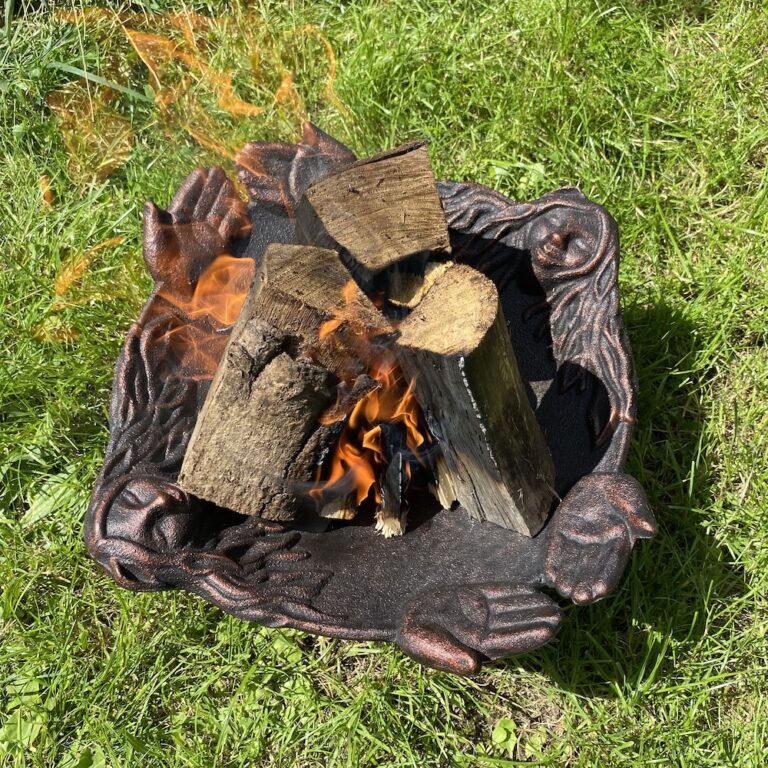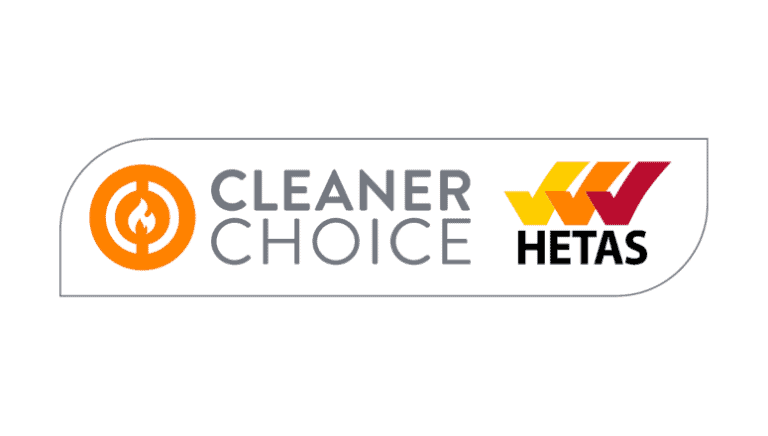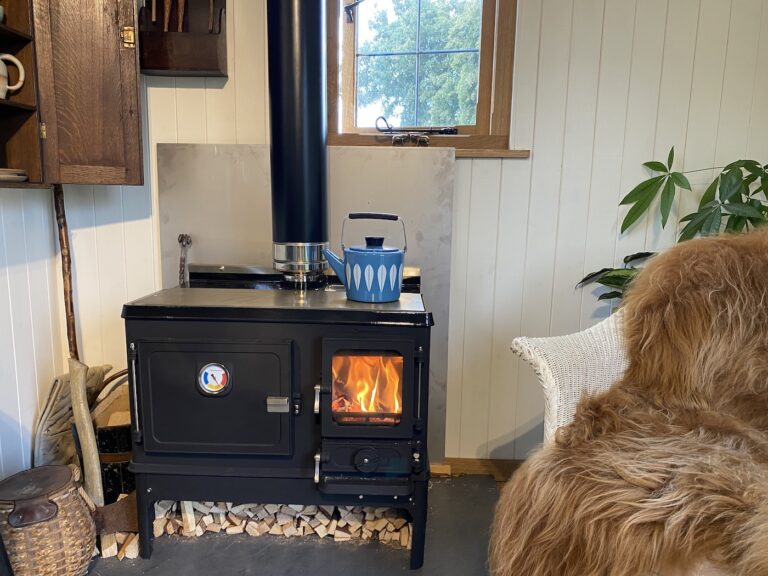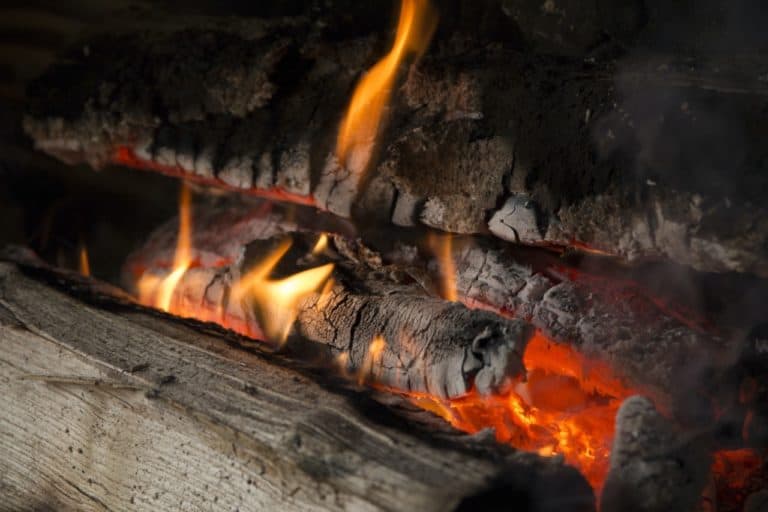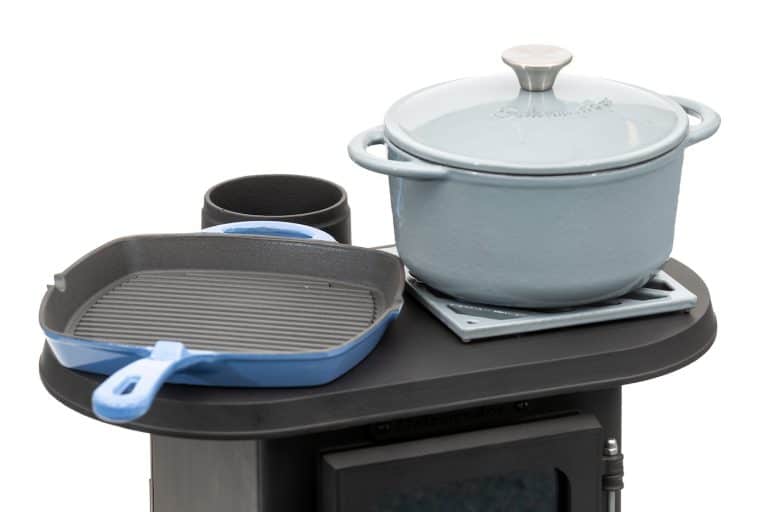A family-run business with a story to share
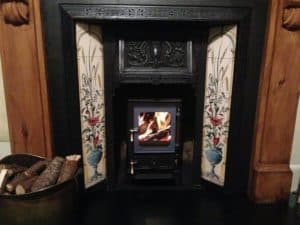
Our Hobbit Stove Has Been Fitted!
"We had a Hobbit stove fitted this week by Alex Reay from Flues and Fires, and I just wanted to get in touch to say it is AMAZING and we love it! We have a lovely cast iron tiled fireplace which I was desperate not to lose when we installed a small wood burning stove, but until I found the Hobbit on Google, everyone told me it would be impossible to keep the fire surround. The Hobbit is perfect - not only does it fit very snugly, but it looks fantastic and the blue door complements the tiles very nicely. We are sitting enjoying a fire now and absolutely loving it! Thanks for creating such an amazing product."
Nicola Williams
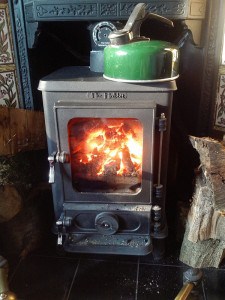
The Best Stove Ever!
"It’s the best stove ever! It’s easy to light, very efficient, burns anthracite and stays in overnight (ours has been in for three weeks now). It even keeps a kettle of water at the ready for a cuppa! What more can I say, we love it! Just the thing to make our Yorkshire home cosy, and the cat loves it too!"
Lynn and Andrew, West Yorkshire
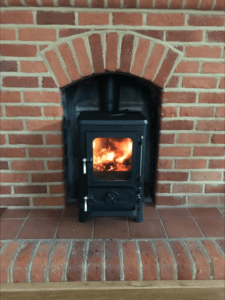
First Small Stove Installation
Was looking for a small stove for my first self-install. Found Mark very helpful. Knowledgeable, friendly service. Stove burns well and generates lots more heat than the previous open fire. What is not to like?
Sam
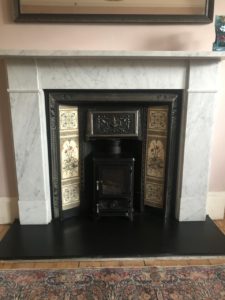
A Huge Thank You!
"Dear Mark and Gill, a huge thank you for designing and making the Hobbit stove! We had two different London-based fireplace companies tell us that we simply had to knock out the old cast iron and tile fireplace to fit in a woodburning stove, and that there was no other option! Then we found you online. We are delighted with our little Hobbit, which swallows up logs and kicks out a good amount of heat. Perfect for the winter! I will also be writing to the London-based fireplace companies to put the Hobbit on their radar. Best wishes."
Nat
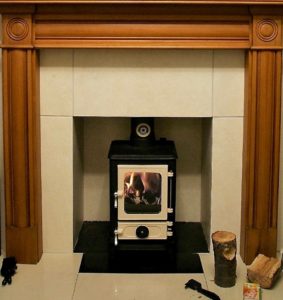
Delighted With Our Hobbit Stove!
"Mark, Gill, thank you for your assistance, we are delighted with our Hobbit! I fired it up this evening after taking all afternoon making a register plate to fit the opening."
Alan
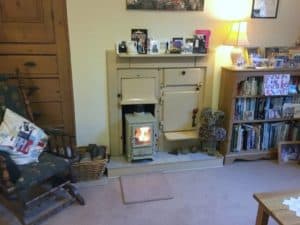
It's Brilliant!
"Hi Mark, here's a photo of the Hobbit installed in my Yorkist grate. It’s brilliant! It also throws out a lot more heat than the grate did."
Roger T
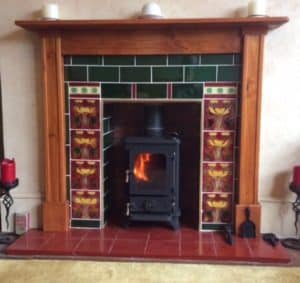
Just to Say Thank You!
"I just had a chat with Gill saying how delighted we are with our little Hobbit stove, and to also thank you both for your attention to detail and excellent customer service!"
Derrick
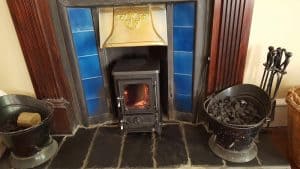
The Little Hobbit Has Stepped Up To The Challenge!
"We just wanted to say how impressed and how much of a life saver our little Hobbit has been! It was fitted a few months ago in our holiday home in Rhu, Scotland, which is a large open plan conversion in a Victorian house. This weekend our boiler decided it was not going to play ball. The little Hobbit has stepped up to the challenge, providing heat to a very large area, about twenty eight foot by twenty four foot with a high ceiling of about eighteen foot, keeping the room reasonably warm, warm enough for us not to use cardigans!”
Alan W
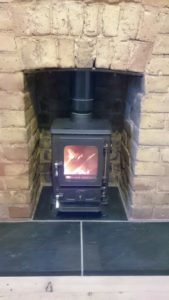
Very Pleased With Our Hobbit!
"We are very pleased with the stove and think it looks great! We restored our fireplace (it was hidden under plaster!) and the whole look is better than we hoped!"
Neil
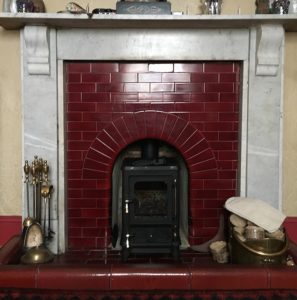
Absolutely Delighted!
"Just had our Hobbit SE installed in our Victorian fireplace and we are absolutely delighted with the end result. We felt passionate about preserving our lovely fireplace!"
Andy

Our Pride And Joy!
"What a fantastic fireplace with the beautiful Hobbit stove. It fits perfectly into the small space and throws out a lot of heat. Here's a photo of our little stove, now our pride and joy and much admired by all who see and feel the warmth."
Chris and C

Fantastic!
"Just to bid you all a Happy New Year and to say how much we’re enjoying having our Hobbit stove! It was easy to fit with the help of your excellent ‘how to’ videos and we’re just awaiting our inspection by building control for the certification. The Hobbit has fitted neatly into the hearth vacated by the old gas back boiler (with a little cosmetic rendering) and never ceases to surprise us how much heat it can deliver to the point that the new condenser boiler is having an easy life, thereby saving us on gas bills too! Everyone loves having a ‘real fire’ in the living room."
Philip Baird
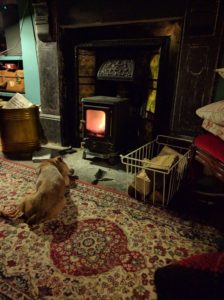
A Brilliant Little Wood Burner!
"The stove we bought from you is really starting to come into its own as the weather cools down. Here is a photo showing how much one of our dogs is enjoying it!"
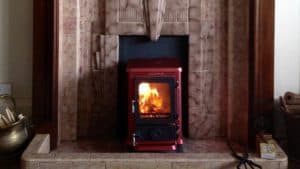
Brilliant Product!
"Just wanted to share a picture of our newly installed Hobbit. Absolutely delighted with it, and so pleased we were able to retain our existing fireplace as well. Brilliant product, thank you!"
Marion

Sign-up to our email newsletter to receive the latest news and offers from Salamander Stoves.
We never sell on our data, please view our privacy policy for more information.

Always here to help...
If you have any questions or simply want to talk through your options, please give our friendly team a call.
Tel: 01626 363507 | 01626 333230

